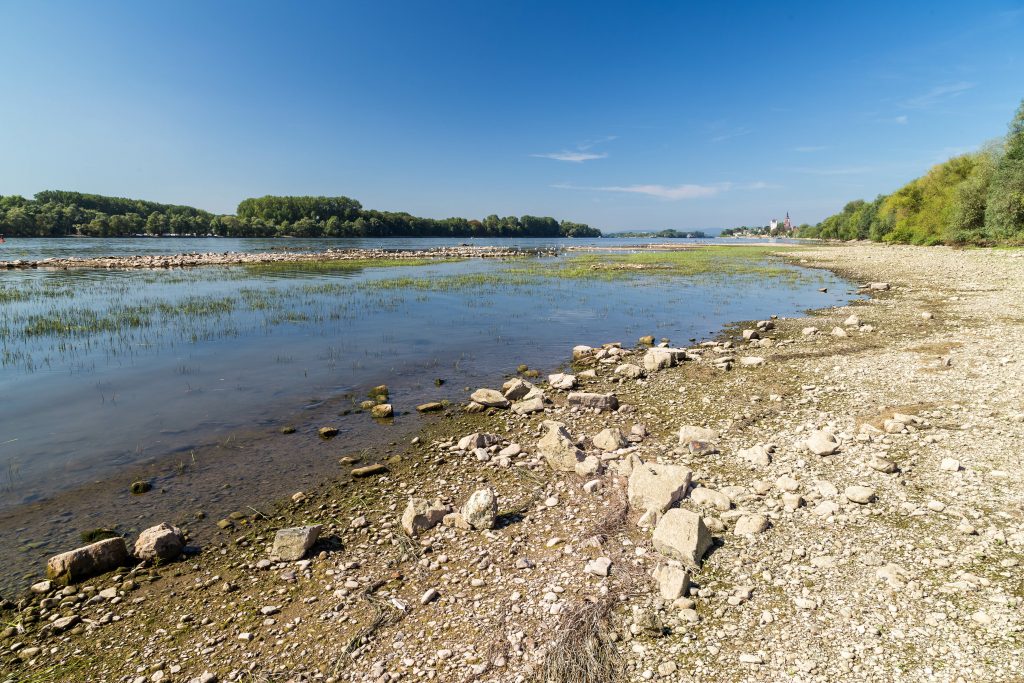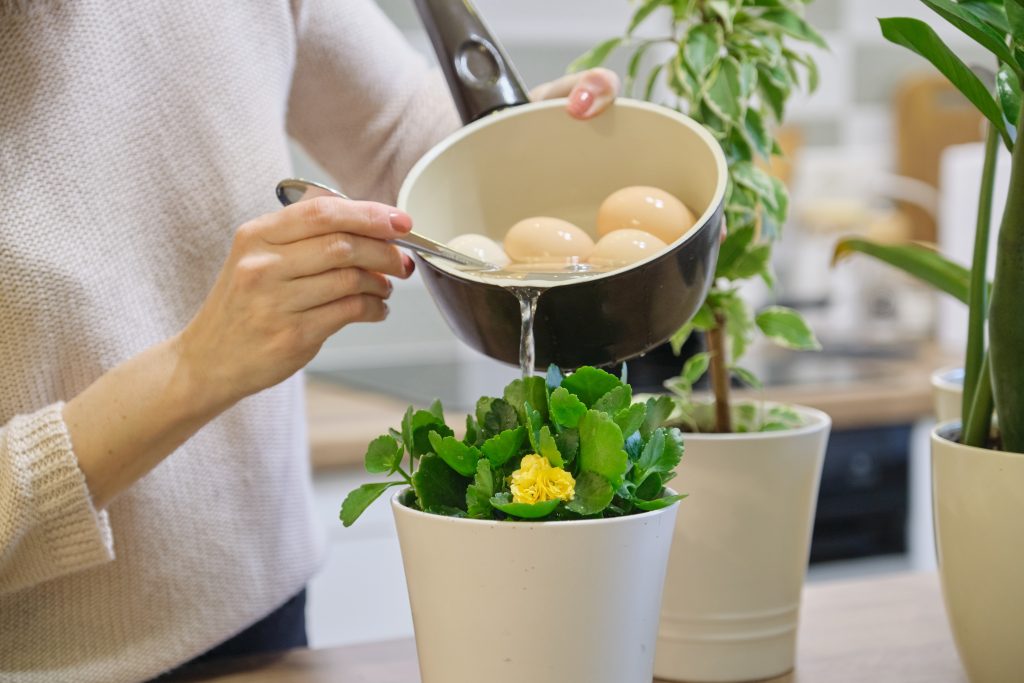Water Use Impacts
While Indiana isn’t facing the drastic water shortages of some other states, a report released by the Indiana Chamber of Commerce in 2014 warns that unless the state better manages our water resources, we may be facing a shortage of our own.
Households are a major water user in Indiana. The average American family uses more than 300 gallons of water per day at home, and roughly 61% of this use occurs indoors. Outside, turf grass irrigation uses more water on average than any other single residential use (The Water Short List). In fact, peak demand for lawn watering–that is, watering that occurs during the hottest (and often driest) parts of the year–can push supplies to their limit and force costly infrastructure upgrades. Add in the fact that Indiana’s population is projected to rise 12% over the next 30 years, and you can see why we need to take action to protect our vital water supply.
Failure to protect and conserve our water resources can potentially lead to a variety of negative impacts on all of us. Water prices could rise, restrictions may be put in place, and we could even see significant impacts to recreational areas like lakes and rivers. By making a few simple choices at home, you can make a difference and help protect our water supply.

How We Use Water
There are two major ways each of us uses water. Our direct use is the water that we drink, bathe in and use from our sinks and faucets to wash our vegetables and our clothes and to water our plants and lawns. This chart shows our direct water use at home.
Our indirect use is the water that is used to produce the goods and services we consume. For instance, did you know it takes 24 gallons of water to produce one pound of plastic and 700 gallons of water to produce one cotton tee-shirt? Learn more about surprising water consumers.
You can achieve greater levels of water conservation if you work to reduce both your direct and indirect uses of water.
Perception vs. Reality
We all want to do our part in reducing our water footprint. But do you know which activities are most effective? In a recent paper on the most effective actions U.S. households can take to curb water use the authors found that Americans have severe misperceptions about which activities are the most effective to conserve water. On average, they thought they were only using half as much water as they really were.
Curtailment and Efficiency

You can reduce more of your water use by both adopting certain curtailing behaviors and also using efficient technologies.
Curtailing behaviors involve adjusting your daily habits of water use and repeating that action over time, like taking shorter showers or running the dishwasher less often.
Efficiency actions involve technology upgrades or modifications to fixtures and appliances, like installing a low-flow showerhead or an energy efficient dishwasher.
Learn about the Water Short List that describes how the average household can reduce indoor water use by 60% by implementing six efficiency actions simultaneously with seven curtailment actions.